QuestionI've had my female cat for 3 months. She's 9 months old and is not spayed. She loves my husband & me as well as most people. She's never feared us and she doesn't get rough during play very often (unless my husband gets rough first). I was told the cat cohabitated with two large dog while she was a kitten without incident. About 2 weeks ago my sister-in-law moved in. She brought with her a 1 yr old Chihuahua. The Chihuahua is NOT aggressive at all. My cat however insists on attacking the dog. She hisses at the site of the dog and will chase her around the house. We tried getting them used to each other with a few short visits before the dog moved in. we also tried letting them sniff each others things and spend some supervised time together however, despite our efforts to acclimate the cat, she refuses to leave the dog alone. The Chihuahua has never growled, barked, bitten or even charged the cat; in fact the dog is afraid of the cat. She cowers in fear while the cat hisses and swats at her. The cat just seems hostile toward the dog for no reason. We try to keep them separated as much as possible. I don't want to keep my cat locked up or the dog locked up either. Is there anything I can do to get my cat to calm down and stop attacking the dog?
AnswerBianca,
Getting the cat spayed will help her personality. The dog is an interloper in her territory and she is protecting it. It takes a lot of time and patience to get them to get along. It CAN take months!
If you are introducing your new dog to a resident cat, it is important to know that cats are territorial and need to be introduced to other animals very slowly in order to give them time to get used to each other before there is a face-to-face confrontation. Slow introductions help prevent fearful and aggressive problems from developing. PLEASE NOTE: When you introduce pets to each other, one of them may send "play" signals which can be misinterpreted by the other pet. If those signals are interpreted as aggression by one animal, then you should handle the situation as "aggressive."
Confinement
If you are introducing your new dog to a resident cat, confine your cat to one medium-sized room with her litter box, food, water and a bed. Feed your resident pets and the newcomer on each side of the door to this room. This will help all of them to associate something enjoyable (eating!) with each other's smells. Don't put the food so close to the door that the animals are too upset by each other's presence to eat. Gradually move the dishes closer to the door until your pets can eat calmly, directly on either side of the door. Next, use two doorstops to prop open the door just enough to allow the animals to see each other, and repeat the whole process.
Swap Scents
Switch sleeping blankets or beds between your new dog and your resident animals so they have a chance to become accustomed to each other's scent. Rub a towel on one animal and put it underneath the food dish of another animal. You should do this with each animal in the house.
Switch Living Areas
Give your new dog free time in the cat's room(s) while confining your other animals. This switch provides another way for the animals to experience each other's scents without a face-to-face meeting. It also allows the newcomer to become familiar with his/her new surroundings without being frightened by the other animals.
Avoid Fearful And Aggressive Meetings
Avoid any interactions between your pets that result in either fearful or aggressive behavior. If these responses are allowed to become a habit, they can be difficult to change. It's better to introduce your pets to each other so gradually that neither animal becomes afraid or aggressive. You can expect mild forms of these behaviors, but don't give them the opportunity to intensify. If either animal becomes fearful or aggressive, separate them, and start over with the introduction process in a series of very small, gradual steps, as outlined above.
With a little bit of luck you will be able to get your dog and cat to live together in peace. It's very important to remember to go slowly. No matter how quickly or badly you want it to happen, you have to allow these things to process at their own speed, which can be a snail's pace over months. The best advice I can give is to error on the side of caution and don't take chances with your pets lives.
Tabbi

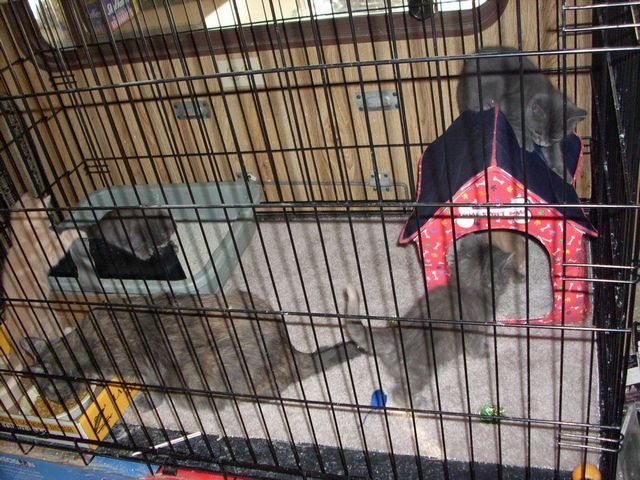 stray cat
Questioni have moved house and my cat has started to go
stray cat
Questioni have moved house and my cat has started to go
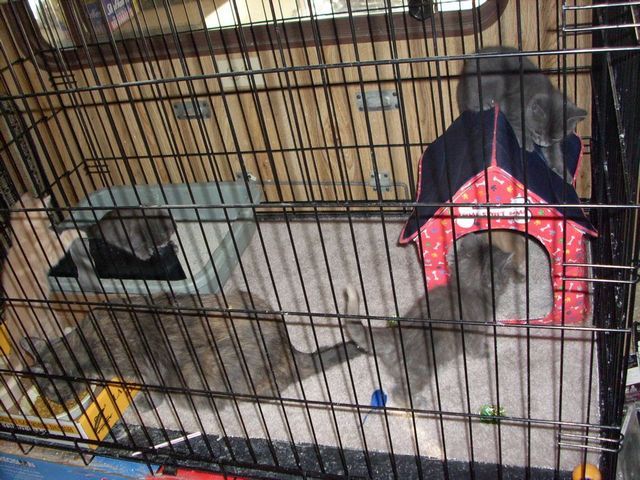 cat-astrophic
QuestionWe adopted a 16 month old cat/kitten, we alread
cat-astrophic
QuestionWe adopted a 16 month old cat/kitten, we alread
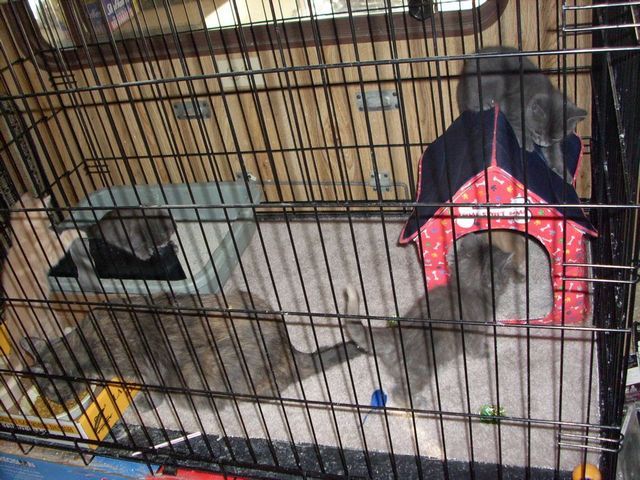 Introducing an adult cat to a resident kitten
QuestionHi Tabbi,
I have a 5 month old kitten that was
Introducing an adult cat to a resident kitten
QuestionHi Tabbi,
I have a 5 month old kitten that was
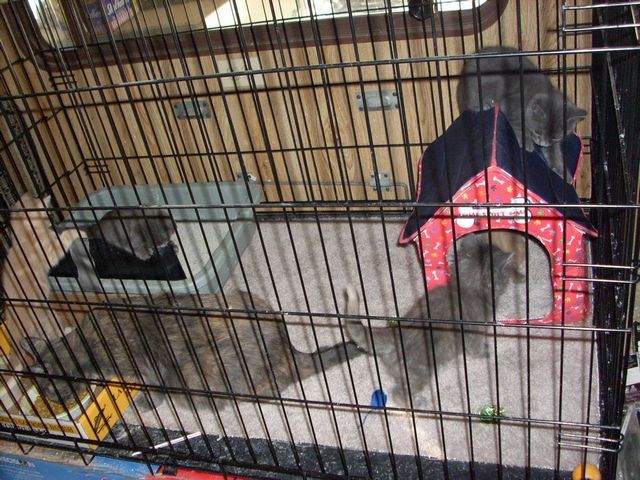 Agression towards guests in the home
QuestionQUESTION: Hello,
About 2 weekends ago, my 4 mo
Agression towards guests in the home
QuestionQUESTION: Hello,
About 2 weekends ago, my 4 mo
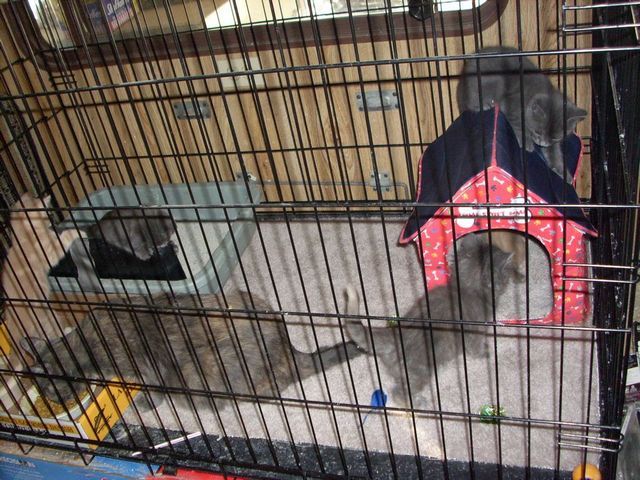 Rescued declawed cat (abandoned?)
QuestionQUESTION: Dear Tabby,
Just r
Rescued declawed cat (abandoned?)
QuestionQUESTION: Dear Tabby,
Just r